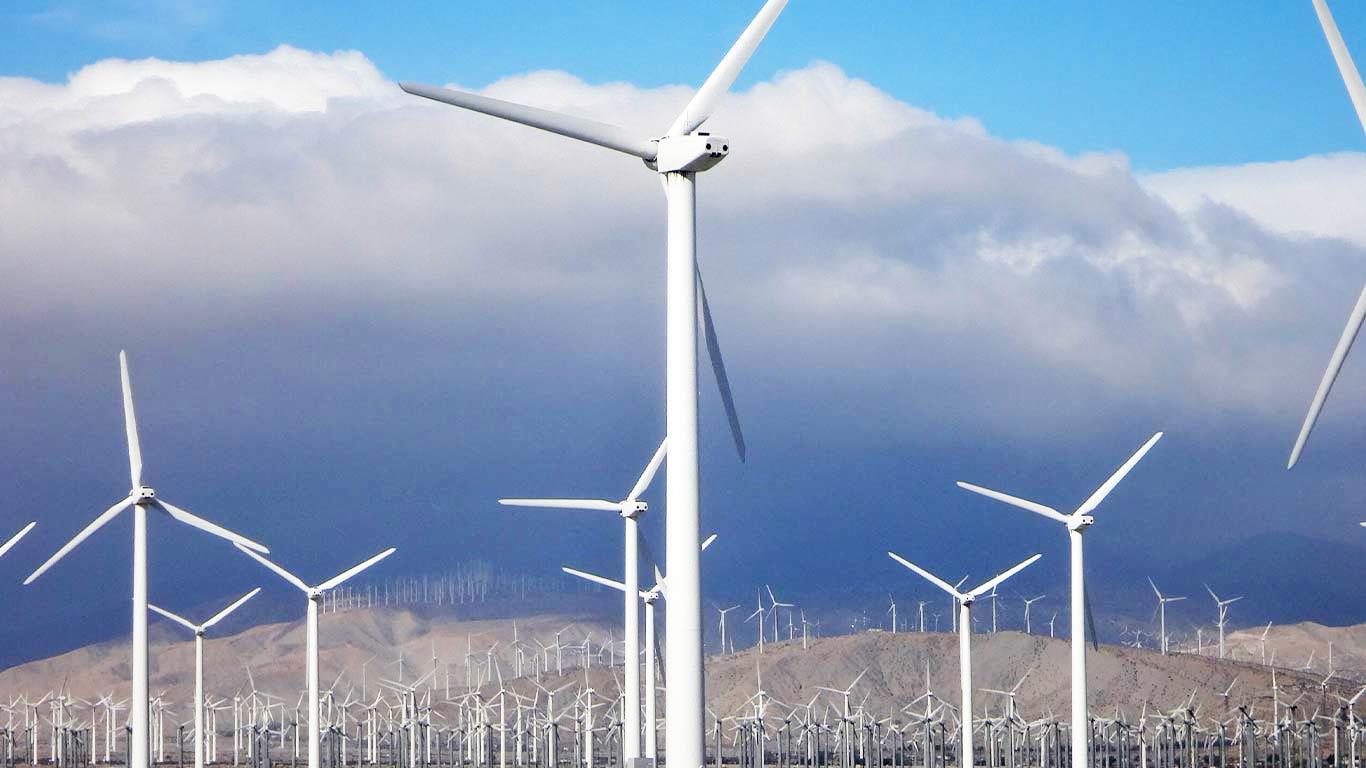
India To Face Major Hurdles In Reaching 2030 Wind Energy Targets: Reports
The nation aims to establish 509 GW of renewable energy capacity by 2030, including 110 GW from wind sources.
However, current installation rates are falling short of the mark.
In 2023, India added merely 2.8 GW of wind capacity, significantly below the 9.3 GW annual addition required from 2024 to 2030 to meet its goals.
This shortfall is mirrored on a global scale, where projections indicate a doubling of wind capacity to 2,157 GW by 2030.
While this represents a 2.4-fold increase from the 901 GW recorded in 2022, an additional 585 GW is needed to achieve the tripling target essential for meeting climate objectives.
Dr. Katye Altieri, Electricity Analyst, Ember, noted, "Governments are lacking ambition on wind, and especially onshore wind. Amidst the hype of solar, wind is not getting enough attention, even though it provides cheap electricity and complements solar."
The urgency of this issue was underscored at the UN's COP28 climate change conference in December, where nations agreed to triple global renewables capacity by 2030.
The International Energy Agency (IEA) has identified this action as crucial for emission reduction and maintaining the 1.5C goal.
Ember's analysis of 70 countries plus the EU, representing 99 per cent of current global wind capacity, reveals a mixed picture.
China is expected to exceed its targets, potentially tripling its wind capacity by 2030 and continuing to account for over half of global wind additions annually from 2024 to 2030.
Other nations show varied progress. The United States, lacking an explicit target, is projected to increase its wind capacity from 142 GW in 2022 to 369 GW in 2030.
However, with only 6.4 GW added in 2023, a substantial ramp-up is necessary to meet the projected annual addition of 32 GW from 2024 to 2030. Brazil, on the other hand, is outpacing its targets.
The country needs to build 0.3 GW of wind annually from 2024 to 2030 but added 5 GW in 2023. IEA forecasts suggest Brazil will continue to add an average of 2.4 GW per year until 2030.
Türkiye has nearly achieved its goal of generating 12 per cent of its electricity from wind by 2030, though experts suggest the country has potential for more ambitious targets.
Ben Backwell, CEO, Global Wind Energy Council (GWEC), emphasised the importance of wind energy in the global transition to renewable sources, stating, "Wind energy must be at the heart of the energy transition. Every gigawatt installed is another step towards a confident green world."
The report concludes that while targets are crucial in setting a direction, genuine action that delivers on these targets is essential for combating climate change, fostering clean industry, and ensuring secure energy supplies.
(KNN Bureau)
Legal Disclaimer:
MENAFN provides the
information “as is” without warranty of any kind. We do not accept
any responsibility or liability for the accuracy, content, images,
videos, licenses, completeness, legality, or reliability of the information
contained in this article. If you have any complaints or copyright
issues related to this article, kindly contact the provider above.

















Comments
No comment